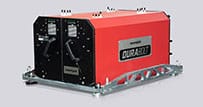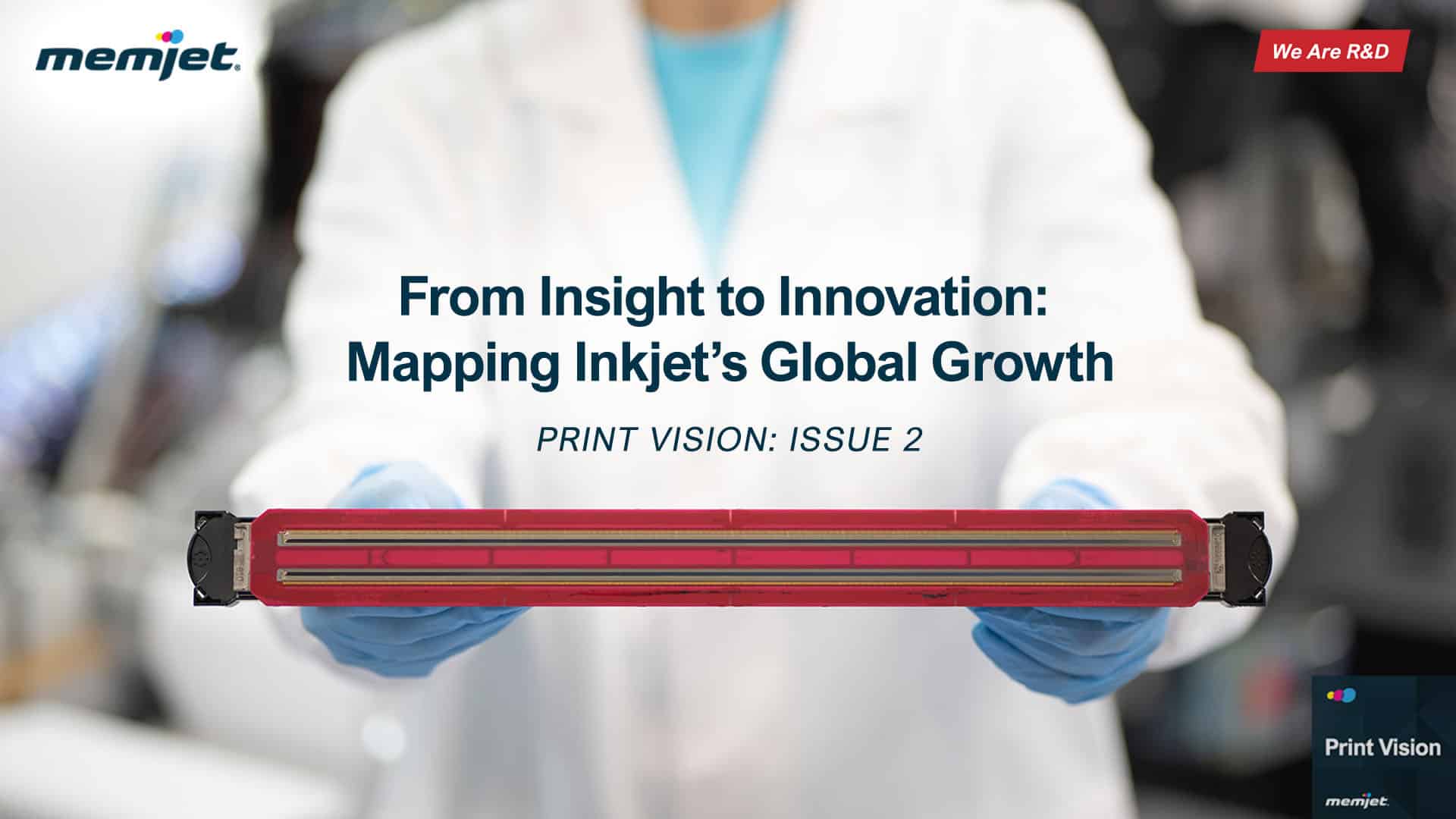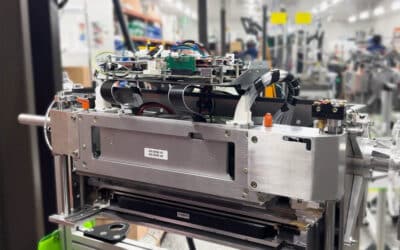Dear colleagues, partners, and leaders in print,
In the first edition of Print Vision, I spoke about the structural transformation underway in the print industry, driven by digital inkjet adoption, automation, and shifting consumer expectations. The response affirmed what I’ve long believed: that the future of print will be led by those who understand the magnitude of this shift and act decisively.
Today, I’d like to broaden the lens and take a global view of the inkjet market. The transformation we’re experiencing is unfolding uniquely across different regions of the world, shaped by local demands, infrastructure maturity, and economic realities. Understanding these differences opens doors to new opportunities and markets.
While the goal of smarter, more sustainable, and more agile print is shared, the path to get there varies by region.
Asia-Pacific: Where Scale Meets Speed
The Asia-Pacific region presents a unique blend of high-volume production and rapidly evolving consumer markets. Here, the digital shift is driven by the need for speed and scalability. Large OEMs in the region are investing heavily in inkjet platforms that serve the growing demand for customized, on-demand print, especially in markets like China, Japan, and India, where e-commerce and localized packaging are booming.
According to Mordor Intelligence, Asia-Pacific accounted for over 43% of the thermal inkjet printhead market in 2024 and is projected to grow at a compound annual growth rate (CAGR) of 6.21% through to 2030. A major driver is the digitalization of food and pharmaceutical packaging, where thermal inkjet’s precision and flexibility offer a clear advantage.
North America: Innovation Through Versatility
Second only to Asia in thermal inkjet market share, North America continues to be a hub for innovation. OEMs and print providers are pushing the boundaries with hybrid systems that deliver both short-run agility and high-speed throughput. Sustainability, customization, and data-driven workflows are now standard expectations, with many providers investing in integrated platforms that scale across commercial, label, and packaging segments.
Laws surrounding mandatory pharmaceutical serialization and unique device identifiers (UDI) are creating strong demand for inkjet’s variable data capabilities, offering new opportunities for OEMs who can move quickly to meet compliance-driven needs.
Europe: Regulation as a Catalyst for Change
In Europe, environmental regulation is a strong driver of digital adoption. From reducing waste to meeting sustainability targets, European print providers are accelerating the move to digital to remain compliant and competitive. Technologies that support the use of aqueous inks are gaining traction due to their low VOC emissions, biodegradability, and reduced carbon footprint.
With higher labor and material costs than the Asia-Pacific region, European manufacturers are also focusing on automation, prioritizing end-to-end digital workflows that reduce human input while increasing precision and repeatability.
Latin America: Affordability Unlocks Growth
Latin America is experiencing a surge of digital adoption powered by accessibility. As more economical digital solutions hit the market, cost barriers are falling, and demand for modular systems is rising. The compact footprint of digital inkjet technology is also compelling, as it enables print providers to extend their offering without the added cost of scaling their floor space.
This region is experiencing strong growth in packaging, advertising, and textiles, fueled by rising demand for sustainable, affordable, high-quality output. According to 6Wresearch, Latin America’s digital print market is projected to grow at a CAGR of 15% from 2025 to 2031.
Africa and The Middle East: Markets on the Rise
Africa and the Middle East are emerging areas of interest for digital printing. Horizon Grandview Research forecasts that the market will generate nearly US$4 billion in annual revenue by 2030, with inkjet as the primary driver. Notably, the region’s print-on-demand segment is expected to see a remarkable CAGR of 22.8% between 2025 and 2030, fuelled in part by rising e-commerce.
E-commerce platforms like Souq.com—recently acquired by Amazon and offering over 30 million products to shoppers in the region—have underpinned the region’s growing appetite for rapid, customized, and on-demand printing services, helping to shape a new wave of print demand.
The Common Thread: Agility and Partnership
While each region is at a different stage of digital transformation, one truth is universal: agility matters. The ability to pivot, adapt, and respond to change is what defines today’s print leaders.
And just as important is partnership. Across every region, the most successful OEMs are those who co-develop solutions tailored to their markets while staying aligned with global trends.
At Memjet, we’re proud to support this global evolution with technologies that are modular, scalable, and engineered for a diverse world of print. As we look ahead, we remain committed to empowering innovation, increasing creative flexibility, and accelerating time-to-market for our partners.
Thank you for continuing this journey with us.
Warm regards,
Sunil Gupta
CEO, Memjet




























